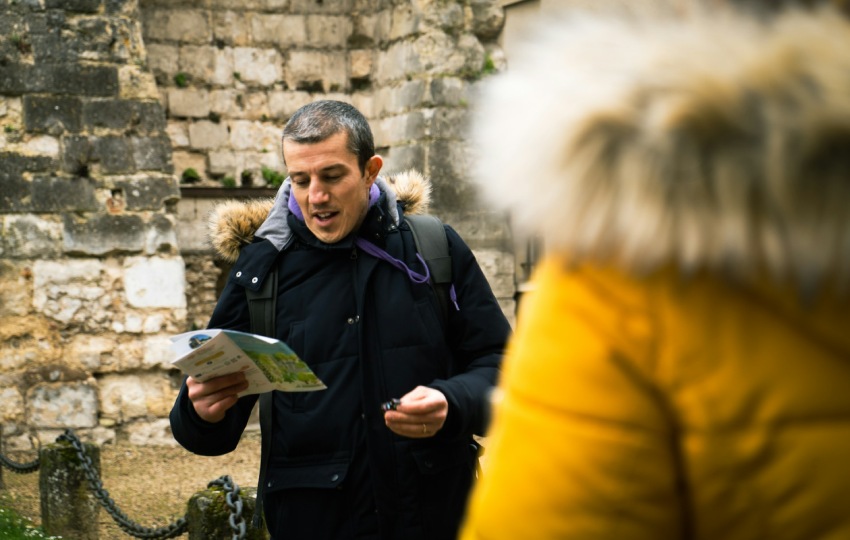In a world where travel is increasingly embraced, the FEELIT project emerges as a crucial initiative addressing the pressing need for accessible tourism experiences for individuals who are deaf or hard of hearing.
Despite the growing number of people worldwide experiencing hearing impairments, the tourism industry has largely lagged in providing adequate services, with only 9% of European tourism suppliers offering accessible options.
FEELIT: Designing Inclusive Tourism Experiences
Recognizing this gap, the FEELIT project aims to revolutionize the tourism sector by developing an innovative curriculum titled “Designing Tourism Experiences for Deaf and Hard of Hearing People.” This meticulous curriculum is crafted to train both industry professionals and individuals with hearing loss, empowering them to co-design inclusive tourism experiences.
Understanding Unique Needs and Challenges
One of FEELIT’s primary objectives is to foster a comprehensive understanding of the unique needs and challenges faced by hearing-impaired tourists. This goes beyond physical access to accommodations, food, attractions, and transportation. The project also ensures that travel agents and tour operators are proficiently trained to cater to this demographic.
Needs Analysis: A Comprehensive Approach
The FEELIT project places significant emphasis on a meticulous needs analysis to ensure the effective design and implementation of its curriculum, which caters to individuals who are deaf or hard of hearing. This analysis is rooted in research and insights gleaned from questionnaires distributed to the target demographic across various European countries.
Survey Insights: A Diverse Snapshot
Upon collecting and analyzing the questionnaire results, the survey displayed a nearly equal gender distribution among respondents, with 50.6% identifying as male and 49.4% as female. The respondents represented a diverse range of nationalities, with 24.7% each from Italy and Romania, 37% from Greece, and 13.6% from Cyprus.
The survey identified 30.2% as deaf, 28.1% as hard of hearing, and 26% utilized hearing aids. A smaller percentage, 9.4%, reported having cochlear implants, and 2.1% were associated with hearing professionals. In terms of communication abilities, 24.7% indicated proficiency in the sign language of their home country, while 24.7% identified as oralists capable of speaking. Additionally, 21.3% relied on lip-reading, and 19.3% were bilingual in sign language and oralist/lip-reading.
Regarding educational qualifications, 35% of respondents possessed university degrees. Additionally, 18.8% had completed high school, while 13.8% held postgraduate degrees.
Travel Habits and Challenges
The survey delved into respondents’ travel habits, revealing that 56.7% travelled 1-2 times annually for leisure and relaxation. However, challenges were identified, particularly in airports and transportation terminals, due to fast-paced speech, unclear announcements, and a lack of visual aids.
Positive Feedback and Suggestions
Despite the challenges, respondents appreciated the ease of online booking and positive experiences with accommodating staff. Valuable suggestions included training staff in sign language, providing clear visual aids, and raising awareness about the specific needs and challenges faced by deaf or hard-of-hearing travellers.
Conclusion
In conclusion, the FEELIT project stands as a testament to the transformative power of inclusivity in the travel landscape. By championing accessible tourism for individuals who are deaf or hard of hearing, FEELIT paves the way for a more equitable, empathetic, and enriching travel experience. As the adage goes, “Travel is to live,” and with FEELIT, this sentiment resonates more profoundly, promising enriching experiences for all.

